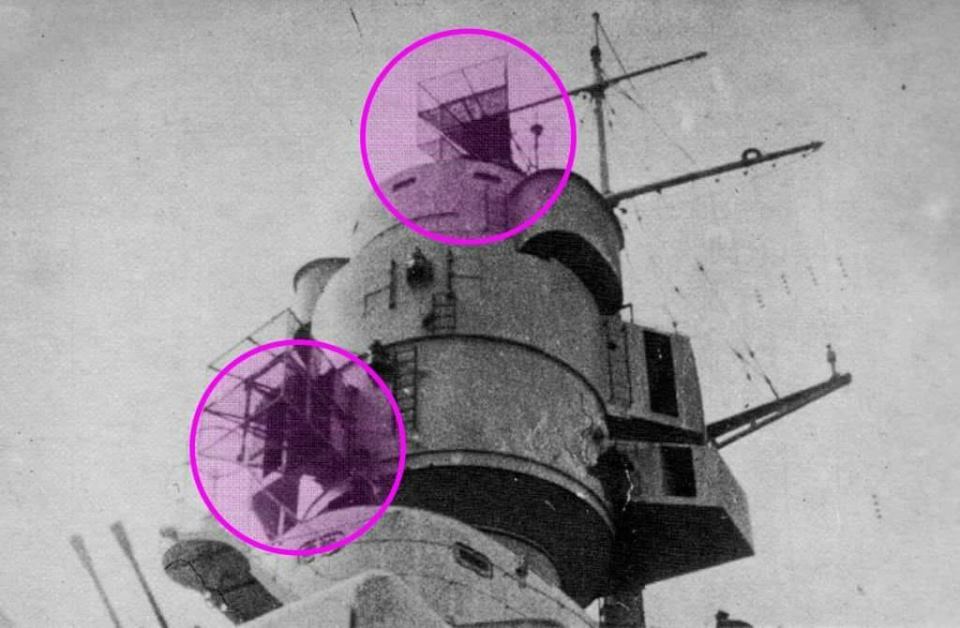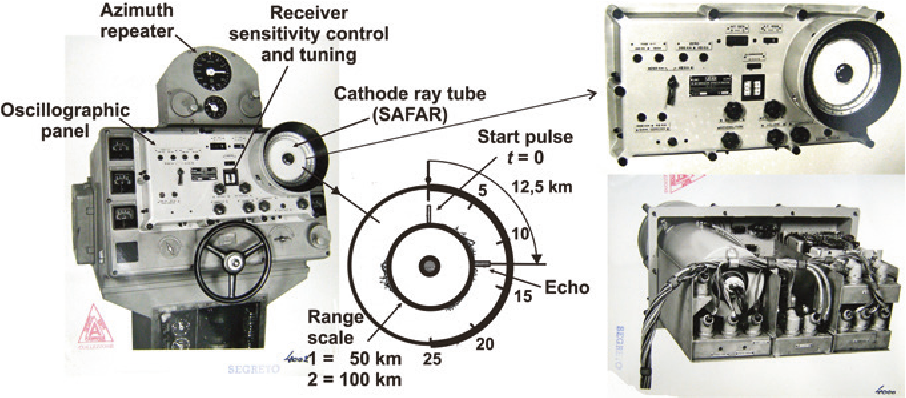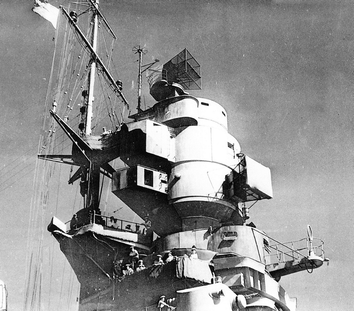Italy
Did Italy use Radar in WW2?

Guglielmo Marconi, hailed as the pioneer of radiotelegraphy, was an Italian luminary who left an indelible mark on both the United Kingdom and Italy. His ventures in the UK not only encompassed radio but also contributed to the development of radar. Meanwhile, in Italy, Marconi delved into radio guidance systems, remote control, and even hinted at localization through radio waves. Yet, despite possessing the fundamental technical know-how, Italy surprisingly refrained from deploying radar during World War II.
A secretive missive dated 7 July 1941, titled ‘Radio locator,’ ‘Radio localizzatore’ sheds light on this paradox. The Inspectorate of the Corps of Engineers of the Ministry of War dispatched this communication to the Cabinet of the same Ministry, the General Staff of the Royal Army, and the General Staff for the Defense of the Territory. The missive said, about the Radar: ‘This is an apparatus apparently used successfully by the British to sight enemy aircraft or ships at a distance of many miles with an accuracy of a few degrees’. The document marvels at a British apparatus, employed successfully to detect enemy aircraft or ships from considerable distances with remarkable accuracy.
This marks the initial Italian military encounter with radar, a technological marvel that would profoundly shape the course of the war, consigning the age of aerophones to historical antiquity.

How was the first Italian Radar: GUFO
Marconi’s endeavors to develop radar using electromagnetic waves date back to 1922. The scientist proposed the concept of a ‘radiotelemeter’ ‘radio telemetro’ that could localize the distance of moving vehicles. In 1933, Marconi presented this concept to a group of Italian military personnel, including Colonel Luigi Sacco, who recognized its potential and passed it on to the engineer Ugo Tiberio. Having graduated from the Regia Scuola di Ingegneria in Naples in 1927, Tiberio, during his military service, worked at the Rome Institute of Military Communications, publishing several papers on electromagnetism.

Tiberio’s work came to the attention of Nello Carrara, a professor at the Italian Naval Academy in Livorno. Carrara facilitated a lieutenant’s commission for Tiberio, allowing him to advance his research. Between 1936 and 1937, Tiberio, supervised by Navy Captain Alfeo Brandimarte, developed the EC-1, affectionately known as the ‘GUFO,’ the first operational naval radar prototype. Unfortunately, due to financial constraints and a lack of support from the Regia Marina’s leadership, the project was halted.
The awakening to the significance of radar occurred abruptly in 1941 when the Italian Navy suffered severe losses in night actions against the radar-equipped British Royal Navy, solidifying British dominance in the Mediterranean. You can see this important Mediterranean battle in the video. Notably, the Battle of Cape Matapan in March 1941 highlighted the effectiveness of British radar. Practical tests of Italian radar, using equipment manufactured by Safar, were belatedly conducted on the torpedo boat ‘Giacinto Carini’ in April 1941.
However, the implementation of the ‘GUFO’ radar on major Italian ships came too late. By then, it was just a year before the end of the active participation of the Regia Marina Italiana in the war, culminating in the Armistice of September 8, 1943. Too little, too late.






